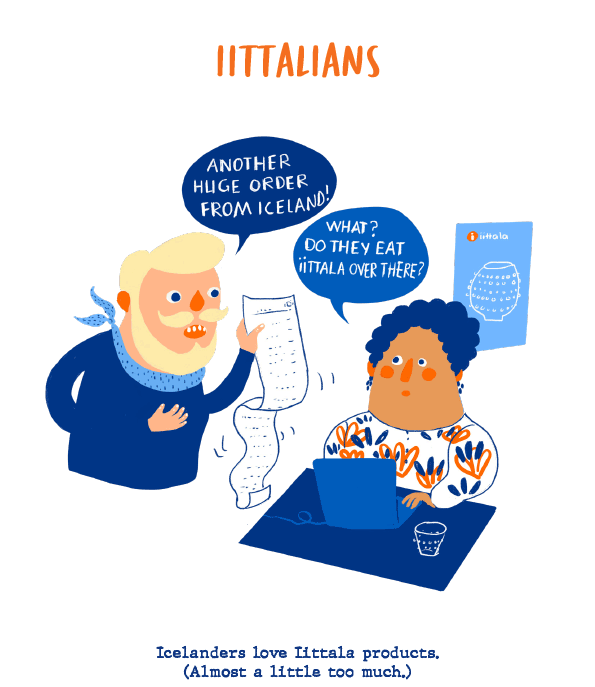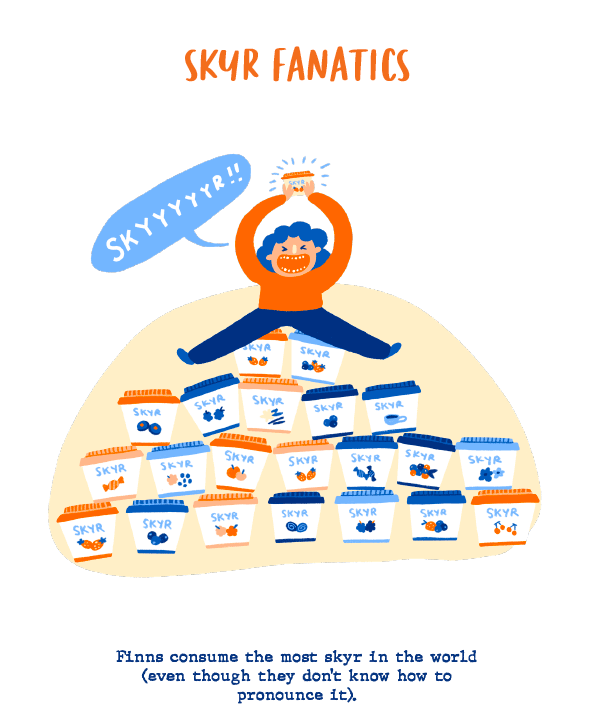Trade relations - an essential part of diplomatic work
Promoting trade is a major part of diplomatic relations. The foreign ministries in Iceland and Finland are no exception to this. Both countries are highly dependent on foreign trade and national government policies include efforts to improve conditions for companies to do business. Reducing or eliminating trade barriers such as tariffs and quotas facilitates trade between countries.
The move towards liberalization of international trade picked up speed in the fifties with the economic recovery in Europe after World War II. Increased international economic cooperation led to the General Agreement on Tariffs and Trade (GATT) and laid the foundation for the World Trade Organization (WTO). Finland became a party to GATT in 1950 and Iceland first joined provisionally in 1964 and formally in 1968. Together with the other Nordic countries, Finland and Iceland joined the newly founded WTO in 1995.
Iceland is one of the founding members of the Organisation for Economic Co-operation and Development (OECD) established in 1961, which Finland joined in 1969.
Trade on a bilateral and multilateral basis
At the European level, an important step was taken when Finland and Iceland became parties to the European Free Trade Agreement (EFTA) in 1970. In 1973, our countries concluded a free trade agreement with the European Communities, the EC (now the EU). The EFTA countries and the EC then went on to create the European Economic Area, the EEA. The EEA Agreement entered into force on 1 January 1994. The following year Finland became a member of the EU. This is where we are today, Iceland as an EFTA member and Finland as an EU member, both part of the EEA and thus the Single Market.
Already in the early post-World War II years Iceland and Finland entered into a bilateral barter agreement. This was replaced by a new trade agreement in the early 1960s. Today, trade is carried out much more directly and there is more variety of products. Export from Iceland to Finland includes metals, fish and fish products whereas export from Finland to Iceland is mainly wood, machines and transport equipment.
Icelandic and Finnish products are popular
Several Finnish products are very popular in Iceland. Iittala glassware, Fiskars scissors and Moomin coffee mugs are common in many households. Nokia boots long kept children and adults dry in the winter, and later Nokia cell phones connected people. Finns are the largest consumers of Icelandic Skyr, outside of Iceland, and Icelandic wool is exported to Finland in large quantities, as well as Icelandic fish oil and various skin care products. Recently, Finnish and Icelandic gaming companies are joining hands in developing products for the world market. The tourism sector is growing nicely. There is still ample space for more volume in the trade between us!
From economically challenged to prosperous countries
Since the start of diplomatic relations in 1947, Iceland and Finland have walked very similar paths with respect to economic development. From being economically disadvantaged, we are today prosperous countries with a high and solid GNP per capita. We are open economies with good welfare systems, performing well in all international comparisons. Both countries are still dependent on industrial exports, although the service sector has grown quickly and is now the largest. Going into the future the focus is on green transformation, innovation and technology.



